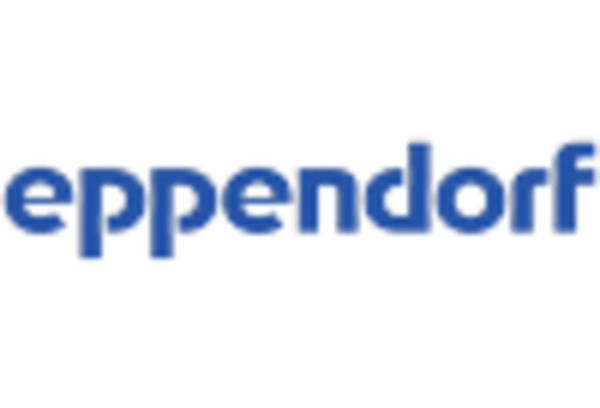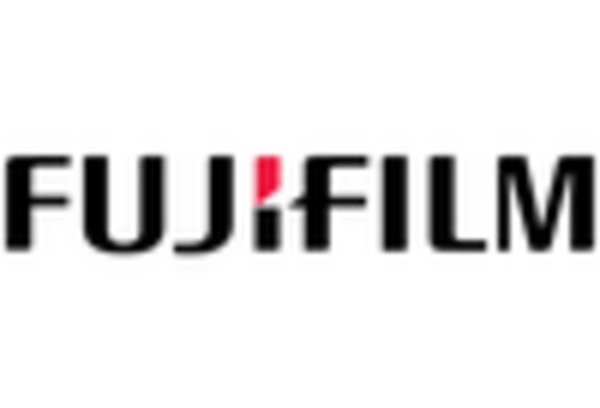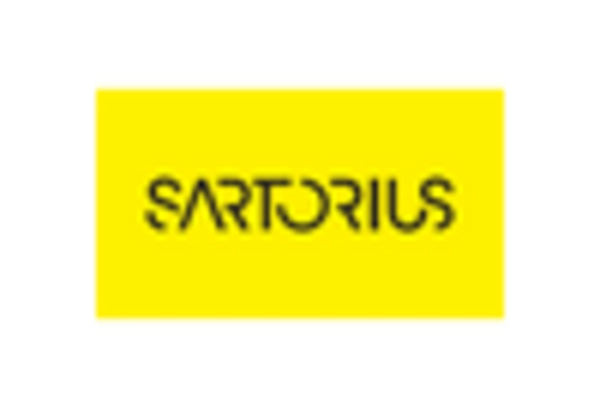Expanding Applications in Biotechnology
The expanding applications of vitrification in biotechnology are driving growth in the Vitrification Market. Vitrification is not only utilized in reproductive medicine but also in various biotechnological applications, including the preservation of cell lines, tissues, and genetic materials. The increasing focus on biobanking and the need for long-term storage solutions for biological samples are contributing to the market's expansion. As biotechnological research continues to advance, the demand for reliable vitrification methods is expected to rise, further solidifying the role of this technology in the Vitrification Market.
Increasing Demand for Organ Transplants
The rising demand for organ transplants is a pivotal driver in the Vitrification Market. As the number of patients requiring organ transplants continues to grow, the need for effective preservation techniques becomes paramount. Vitrification, a process that prevents ice crystal formation during freezing, is increasingly recognized for its ability to maintain the viability of organs and tissues. According to recent data, the number of organ transplant procedures has seen a steady increase, with thousands of patients on waiting lists. This trend suggests that the Vitrification Market is likely to expand as healthcare providers seek reliable methods to enhance organ preservation and improve transplant success rates.
Rising Awareness of Fertility Preservation
The growing awareness surrounding fertility preservation is a crucial driver for the Vitrification Market. As more individuals and couples seek options to preserve their reproductive potential, the demand for vitrification services has surged. This trend is particularly evident among cancer patients and those pursuing career advancements or delaying parenthood. Data suggests that the fertility preservation market is expanding, with a notable increase in the number of clinics offering vitrification services. Consequently, the Vitrification Market is poised for growth as awareness campaigns and educational initiatives continue to promote the benefits of this technology.
Advancements in Cryopreservation Techniques
Technological innovations in cryopreservation are significantly influencing the Vitrification Market. The development of more efficient and effective vitrification protocols has led to improved outcomes in the preservation of biological samples, including embryos and stem cells. Recent studies indicate that the success rates of vitrified embryos are comparable to those of fresh embryos, which has encouraged fertility clinics to adopt these techniques. As a result, the market for vitrification solutions is projected to grow, driven by the increasing adoption of advanced cryopreservation methods in reproductive medicine and regenerative therapies.
Regulatory Support for Advanced Preservation Techniques
Regulatory frameworks supporting advanced preservation techniques are shaping the Vitrification Market. Governments and health authorities are increasingly recognizing the importance of vitrification in enhancing the safety and efficacy of biological sample storage. This regulatory support is likely to encourage research and development in the field, leading to the introduction of new products and technologies. As regulations evolve to accommodate innovative preservation methods, the Vitrification Market may experience accelerated growth, driven by increased investment in research and the development of standardized protocols.


















Leave a Comment